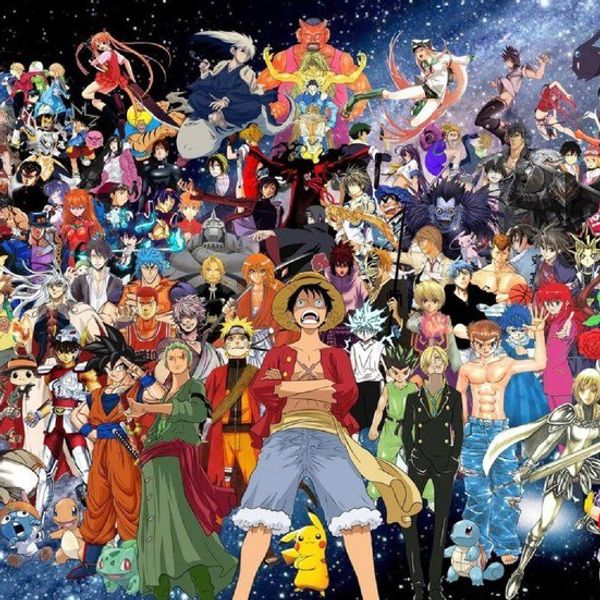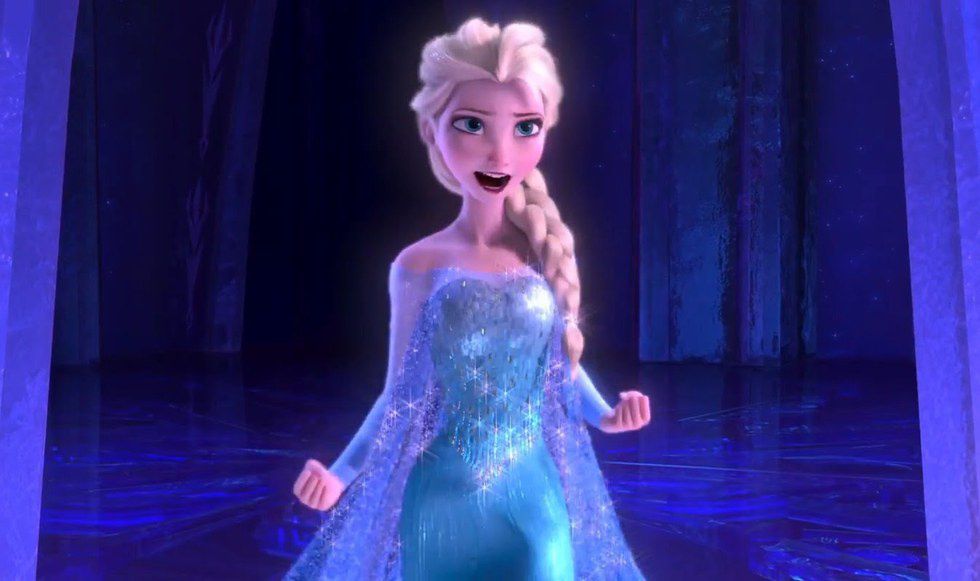2-D animation is dwindling rapidly in the United States. All of the animated blockbusters are a computer generated animation, known as 3-D or Computer Generated Images (CGI) animation, and this is heavily affecting the quality of American entertainment.
Before going any further, I would like to explain just what 2-D and 3-D animation really are. 2-D animation is animation where each frame, known as a “key,” is hand drawn in its entirety. Each still frame in the movie or show being animated is a completely separate drawing, done in sequence from the last. This gives the illusion of movement and when done correctly it can create beautiful works of art such as Disney’s "Alice in Wonderland" and "Tarzan," or television shows such as "Tom and Jerry" or "Scooby-Doo."
CGI has been used in movies since "Jurassic Park," "Star Trek," and "Indiana Jones." In movies, CGI is notably used for special effects, monsters, or alien creatures, like the dinosaurs in "Jurassic Park." In 1995, the first-ever feature-length CGI film was released by Pixar, with Steve Jobs as the executive producer. "Toy Story" created an entire wave of Pixar CGI-animated movies, and many studios, such as DreamWorks, eventually joined the game. "Finding Nemo," "Shrek," "Ice Age," etc; the list of CGI-animated films that have been released since Pixar broke the ground for a new type of animation could go on for hours. But is that really such a good thing?
Think back to your childhood. Try to remember your first Disney movie, or maybe just think about one you’re very fond of. Think back to the magic of watching that movie tirelessly on repeat, as most children seem to do as if expecting a different outcome. For me, the two movies that come to mind are "Alice in Wonderland" and "Peter Pan."
Both films are beautifully made, and each frame is a unique illustration of its own. Things like the trail of pixie dust Tinker Bell leaves behind her as she soars through the sky and the tea flying from the Mad Hatters tea cup as he swings it around wildly are great examples of a 2-D animation's pure beauty. It captures life, real motion and still has this magnificent appeal of wonder as you watch these fantastic imitations of the real world. The reason for this is they are drawn by people who observe nature and are not created by a program. I’m not saying that all of these factors are completely lost in CGI animation, however, a great deal of them are. The most important one being that it often feels like there is no life in the characters.
The above picture is from what is considered to be the most powerful song of Disney's "Frozen." It's the moment where Elsa breaks free from the shackles of fear that have held her back from being herself for so long. So why is it that I don’t feel like it looks very powerful? The reason might be because Elsa’s facial features have all been locked into a grid of algorithms on a computer, or maybe because her body movements, while graceful and accurate, lack the beautiful flow mentioned earlier when I spoke about the Mad Hatters tea cup, or maybe it’s something much deeper. It might seem weird that I find tea spilling out of a cup to be more emotionally moving than Elsa moving on from her crippling childhood depression, but that’s just the feeling I get when looking at 3-D animated scenes.
It comes down to the core of what animation really is. It's a sequence of images shown in an order that gives the illusion of motion. Humans are capable of producing magnificent works of art. Just look at the work done by artists like Leonardo Da Vinci or Rembrandt. You could even try watching an old Disney VHS tape, or maybe a DVD release of an old classic like "Beauty and the Beast," pause at a random scene, and then just admire that frame for how well-rendered it is and appreciate all of the time and energy that went into that one second of the movie. Now, compare that to a still frame from a movie like "Shrek" or "Tangled." The CGI movies don’t seem to be as alive do they?
Now, why has the United States shifted almost entirely in favor of CGI animation? The answer is pretty simple. American animation, like everything else in the country, is first and foremost a business. Money comes first, and the fans come second. This is especially offensive to me because we no longer live in an era where only children watch cartoons. Ever since Japan opened up its doors and let Japanese animation into the United States, there has been a rapidly growing number of teen and adult fans of animation. Japan is in a golden age when it comes to animated television shows and movies. Many of these films are even loved by those who are not in the cult following that Japanese animation has acquired over the years.
Studio Ghibli is very well known in the United States because Disney handles their movies' localization. Movies such as "My Neighbor Totoro," "Ponyo" and "Spirited Away," are excellent examples of the kinds of animation the United States could be producing, but isn’t. Because of the massive following Japanese animation has achieved in the America, big industries, like Disney, don’t need to make new movies on the same level as Japan. Disney makes money every time Ghibli releases a new hit movie because of localization, and every other company is doing fine, such as DreamWorks who released, like, the seventh "Ice Age" movie (I googled it to be sure after saying seven since I was joking, but it turns out I was actually right). In other words, financially, the United States does not need high-quality animation, and movies like the seventh "Ice Age," show us that not even the story needs to have a lot of time and attention put into it. If they release a movie, parents will take their children and they will make money. End of story. Why create an artistic masterpiece? What’s the point? The sad part is, they have a pretty good case, from an industry stand point.
The growing number of adult animation fans in our country, however, are often very displeased with the work being put out, and therefore fall back on the growing craze that is Japanese animation, also called anime. Now what is anime really? Anime is just the term for any work of animation created in Japan for a Japanese audience. The difference between animation in the United States and animation in Japan is that the Japanese culture loves anime. In Japan, anime is not intended for children. That would be like saying television in general is intended for children, when in reality anime has as many genres, story ideas, and intended age groups as there are for shows on American television, and more than that actually. You wouldn’t let your six-year-old watch "American Horror Story" or "Criminal Minds" would you? Well you might, actually, and my mother did in fact let me watch "Criminal Minds," and I loved it. Fancy that, a child watched a show intended for adults and enjoyed it. So is it possible for more American animations to be oriented for adults while still being enjoyed by children? Of course it is, and the point I’m trying to make is that it should be.
But that’s just a little backstory on what anime really is. It's an art form loved by its people. There are also a couple of CGI Japanese animations, but in a culture dominated by 2-D animation, these CGI films are a more artistic choice specifically done to break the norm, a trend the United States should be following. When America makes a movie, we have one goal: money. When DreamWorks puts out the 27th "Ice Age," they won’t care who’s watching, they won’t care who they hired to write the story, and they won’t care how it’s animated. All of those decisions will be made by the answer to two questions: which is cheapest and which is easiest? Unfortunately, that’s the process behind all modern animated projects.
The point I’m trying to make isn’t necessarily that 3-D animation has no place in the animation industry. I just think it’s a shame that we live in a country where, at this rate, we will never again be the entertainment titan responsible for amazing works of art like the ones we remember from our childhood. Instead, we are falling behind Japan, who puts out hundreds of new 2-D animated shows and movies every year, Korea, who animated the American show, "Avatar the Last Airbender" (Bet you thought that was America. Nope), and even France, who has a slowly emerging 2-D animation industry. We defined a genre with our classic 2-D animated films, but now we’re at the bottom of the game. If nothing is changed, the United States animation industry will remain at the bottom of the barrel, buried under thousands of "Ice Age" direct to DVD sequels, never to be heard from again.


























